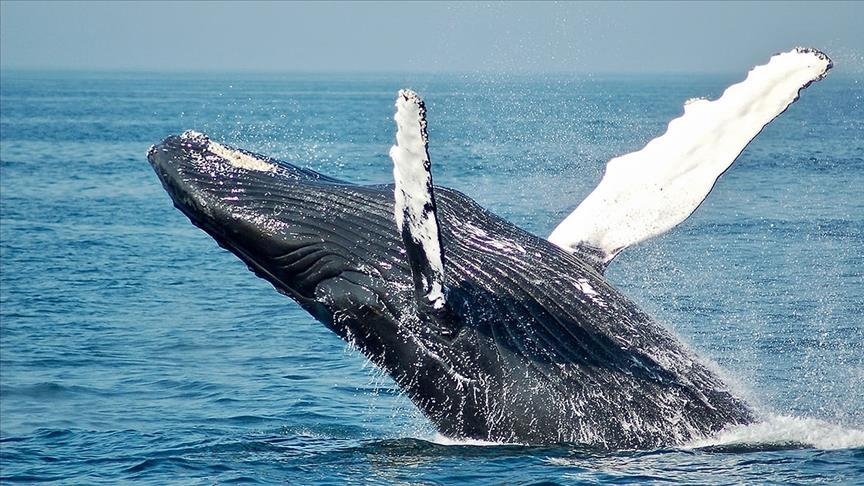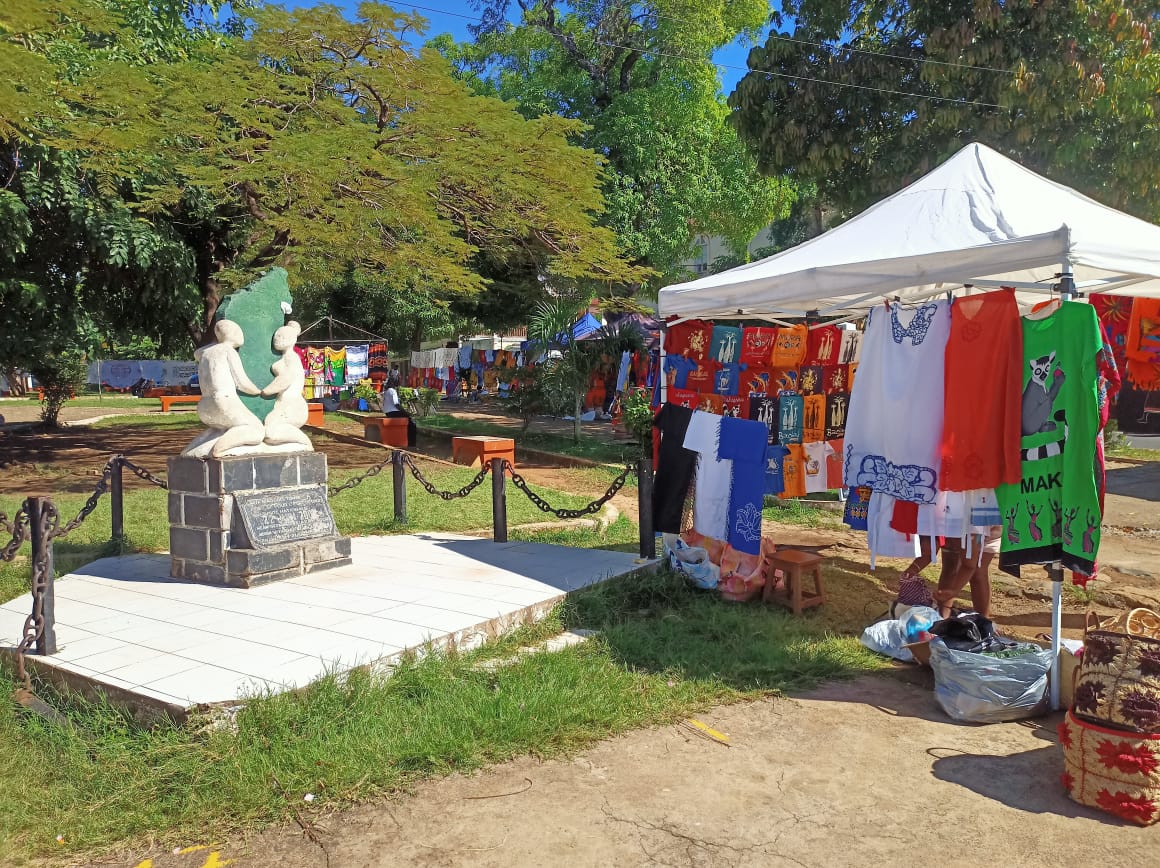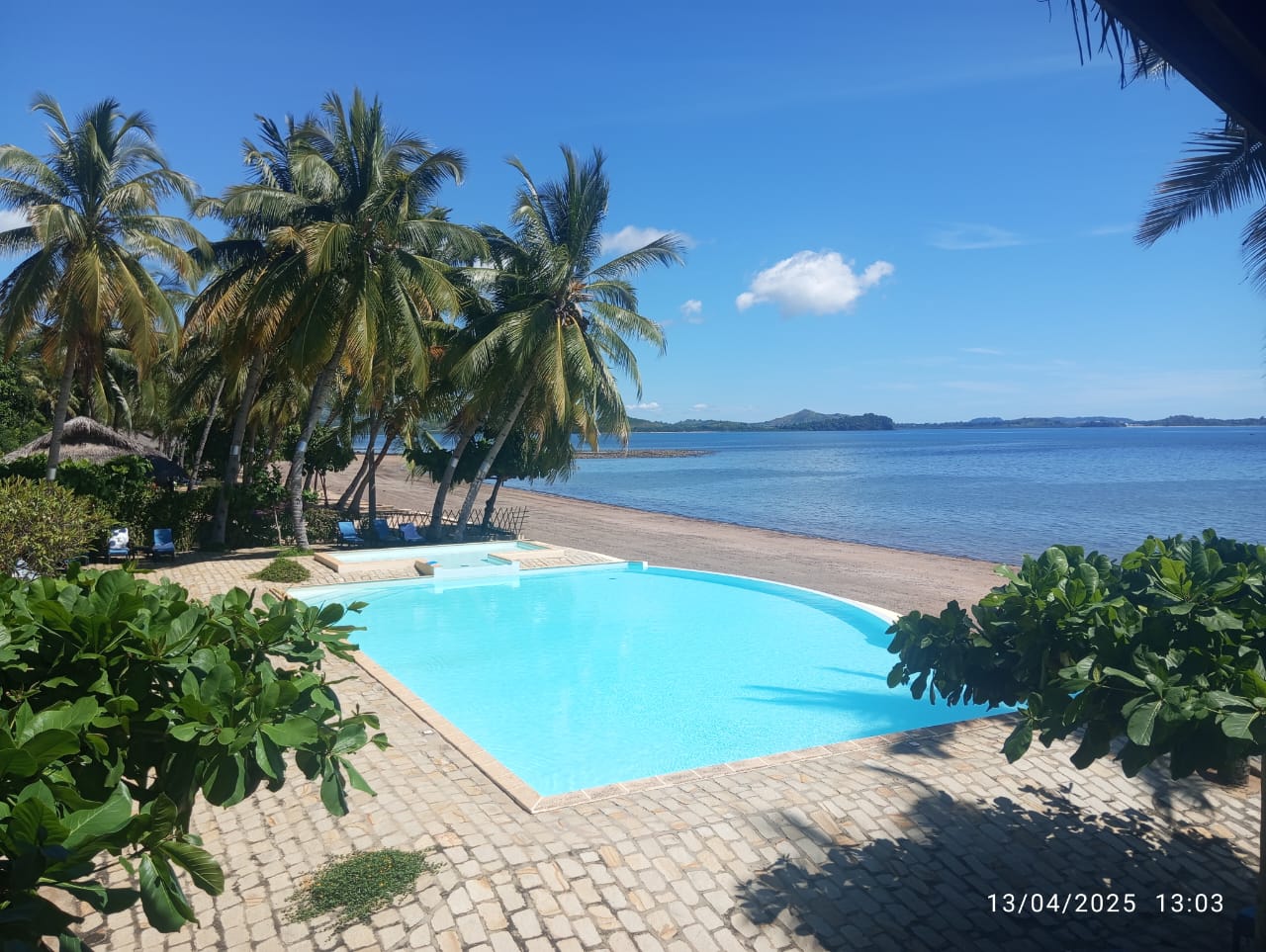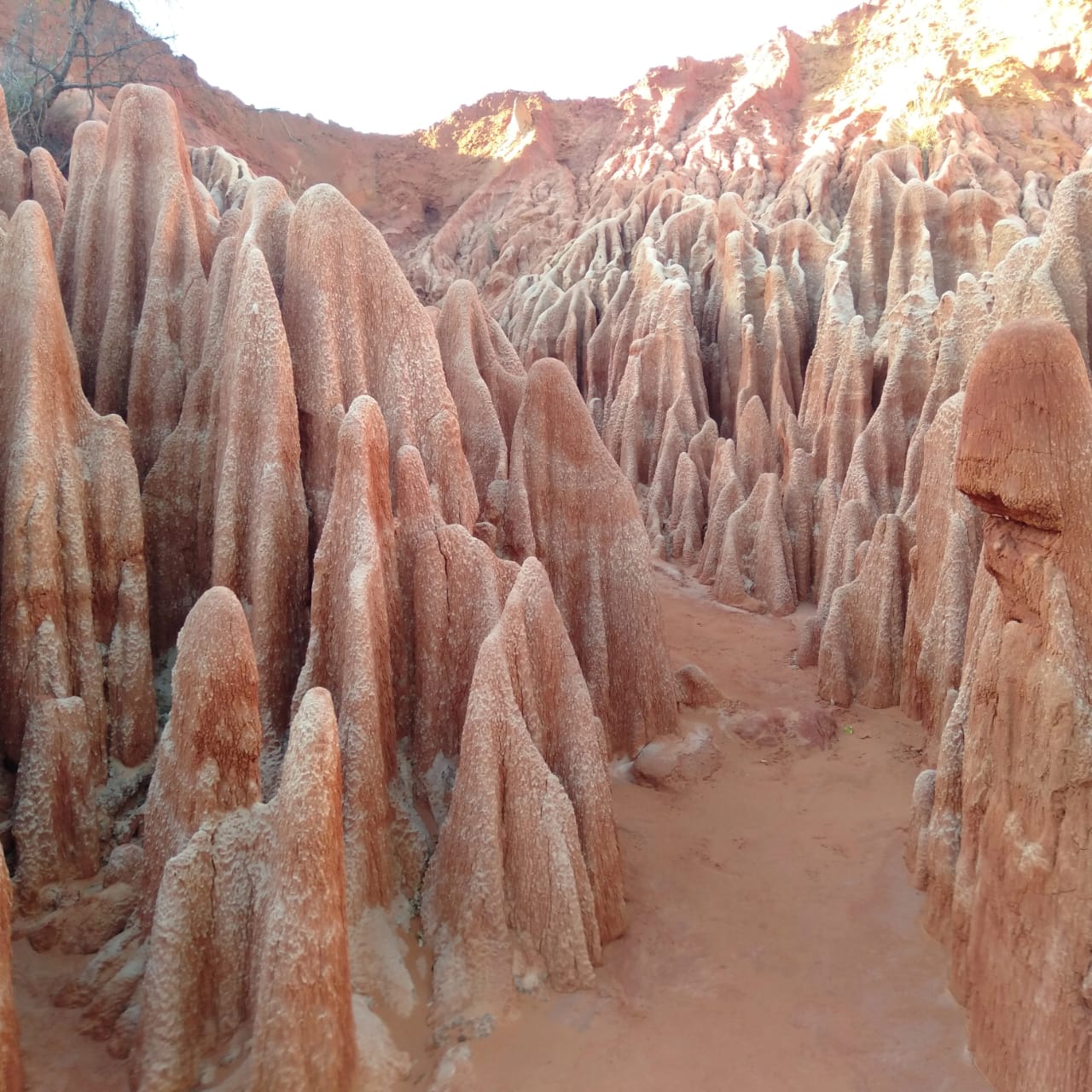
- Details
- News
Every year in July, the island of Sainte-Marie (Nosy Boraha), located in northeastern Madagascar, hosts a unique event: the Whale Festival. This gathering celebrates the annual migration of humpback whales that come to mate and give birth in the warm waters of the Sainte-Marie channel. It attracts both locals and visitors from around the world, all eager to witness the majestic spectacle of these marine giants.
For one week, the town comes alive with a vibrant program blending culture, nature, and celebration. Guided boat tours offer close whale-watching experiences while ensuring respect for the animals and their environment. Alongside these outings, the festival features concerts, parades, sporting competitions, craft exhibitions, and marine conservation talks. At the heart of it all is the "Festival Village," where visitors can enjoy local cuisine, cultural performances, and handcrafted products.
Beyond its festive nature, the Whale Festival carries a powerful message of marine conservation and sustainable tourism. It raises awareness about the importance of protecting marine ecosystems and endangered species. As a showcase of Malagasy culture, the festival also supports Sainte-Marie's local economy and highlights the island's warm hospitality and unique traditions.

- Details
- News
Every year, the enchanting island of Nosy Be, in the northwest of Madagascar, becomes the stage for a major musical and cultural event: the Somarôho Festival. Created by the famous Malagasy artist Wawa, this festival aims to celebrate the richness of Malagasy culture through music, dance, and the gathering of people. The word "Somarôho," which means "together, in harmony", perfectly captures the spirit of the event.
For several days, Nosy Be pulses to the energetic rhythm of salegy, the traditional music of northern Madagascar, as well as to other sounds from around the world. Dozens of local and international artists take the stage at Ambodivoanio Stadium, performing for an enthusiastic crowd from across the island and beyond. But the festival is not just about music — it also features parades, sports competitions, youth activities, artisan markets, and moments of intergenerational sharing.
Somarôho is more than just a festival — it's a human, cultural, and tourism experience. It invites visitors to discover the warmth of Malagasy hospitality, the richness of its traditions, and the natural beauty of Nosy Be. In a festive and inclusive atmosphere, the event strengthens the country’s cultural identity while supporting local development. Each edition leaves behind unforgettable memories and a clear message: culture is a powerful bond that unites people across all borders.

- Details
- News
Northern Madagascar is a region full of striking landscapes and natural wonders. From lush green mountain ranges to tropical rainforests and turquoise coastal waters, this part of the island offers an exceptional diversity. It is also home to one of the country's true gems: Nosy Be, nicknamed “the Perfume Island” due to its ylang-ylang, vanilla, and spice plantations that fill the air with captivating scents.
Nosy Be charms visitors with its peaceful atmosphere, white sand beaches lined with palm trees, and breathtaking sunsets. The island is also a perfect starting point to explore the nearby islets such as Nosy Komba, Nosy Tanikely, and Nosy Iranja, all renowned for their spectacular marine life. Scuba diving, snorkeling, catamaran cruises, and swimming in hidden coves are just a few of the many activities that delight sea lovers.
Beyond its coastal beauty, Nosy Be also offers a rich cultural and human experience. The friendly and welcoming locals maintain vibrant traditions that blend African, Malagasy, and Creole influences. Colorful markets, local cuisine, and cultural events offer an authentic glimpse into island life. A true tropical paradise, Nosy Be embodies the potential for high-end tourism in Madagascar while preserving its simple and warm soul.

- Details
- News
Madagascar, the large island in the Indian Ocean, is a true gem for lovers of nature, adventure, and cultural discovery. With its unique biodiversity—over 80% of its species are endemic—the island attracts ecotourism enthusiasts and scientists from around the world. The diverse landscapes, ranging from paradise beaches to tropical forests, highlands, and the rocky formations of the south, make Madagascar a destination still largely untouched by mass tourism.
The tourism sector in Madagascar is developing slowly but steadily. Despite its enormous potential, the island remains relatively less visited compared to other Indian Ocean destinations like Mauritius or Réunion Island. This is mainly due to challenges related to infrastructure, domestic transport, and political stability. However, recent efforts to promote sustainable tourism, improve hospitality services, and open up to new international markets are beginning to bear fruit.
The future of tourism in Madagascar lies in the promotion of its natural and cultural heritage, as well as in better sector organization. Community-based initiatives are emerging to involve local populations while protecting fragile ecosystems. Solidarity tourism, adventure circuits, and culture-focused stays are promising avenues. With a well-structured strategy and proper support, Madagascar could become one of the world’s leading ecotourism destinations.